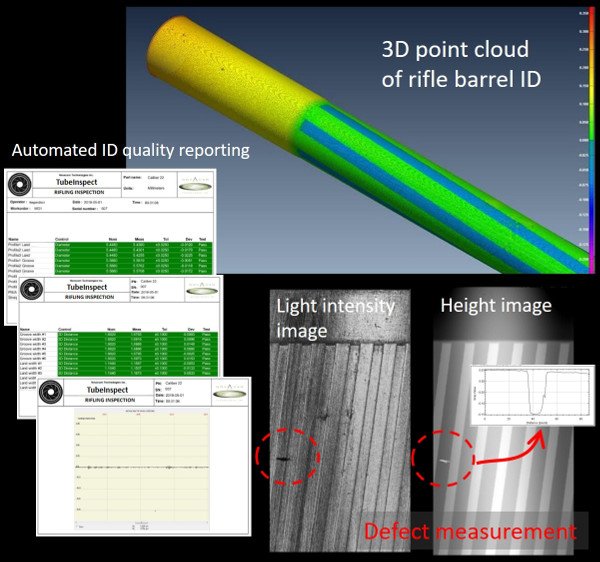If you only have 100 yards then testing and picking the lowest SD is best yes.
My results agree with you on the ES vs group vertical spread. I can see the group form through my scope. The high velocity and low velocity do not mean they will hit high in the group or low. Ive had a 1070fps and a 1030 land within 1/2" and then the next 1070 was 6" lower. There is more going on then just velocity.
Maybe I should record and plot each shot but I cant see any useful info being gained.
Now I do have a box of ammo that I weight and recorded weight, length, rim thickness. I plan on plotting that box POI on a paper at 200. Might be pointless then again who knows.
I shoot in the open and seldom see wind less then 5 mpr typically 5-8 is a calm day. Ive shot groups at 200 in 2-3 mpr and 10-12 mpr and vertically they are the same. Horizontal depends alot on how consistent the wind is and how alert I am of course. I have it set up that I typically shoot with a 8-10 o'clock wind and I don't test with head or tail wind.
My results agree with you on the ES vs group vertical spread. I can see the group form through my scope. The high velocity and low velocity do not mean they will hit high in the group or low. Ive had a 1070fps and a 1030 land within 1/2" and then the next 1070 was 6" lower. There is more going on then just velocity.
Maybe I should record and plot each shot but I cant see any useful info being gained.
Now I do have a box of ammo that I weight and recorded weight, length, rim thickness. I plan on plotting that box POI on a paper at 200. Might be pointless then again who knows.
I shoot in the open and seldom see wind less then 5 mpr typically 5-8 is a calm day. Ive shot groups at 200 in 2-3 mpr and 10-12 mpr and vertically they are the same. Horizontal depends alot on how consistent the wind is and how alert I am of course. I have it set up that I typically shoot with a 8-10 o'clock wind and I don't test with head or tail wind.


